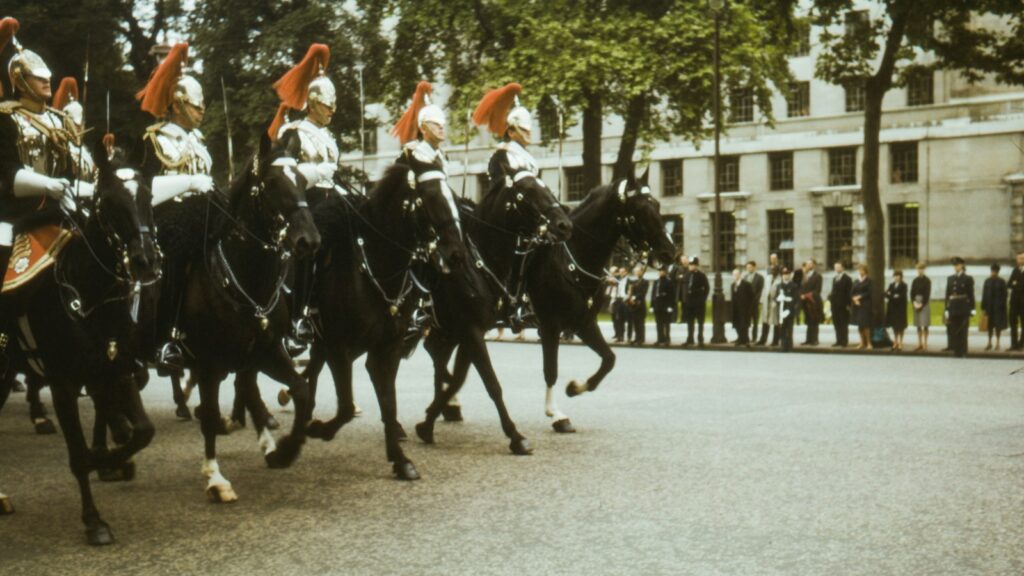Horses have been companion animals to nobility and warriors throughout history, often referred to as “royal steeds” due to their prestigious position in human society. However, these majestic creatures have minds of their own, and even the most well-trained horse can occasionally decide that today isn’t the day for following commands. When your royal steed refuses to cooperate, you’re faced with a challenging situation that requires patience, understanding, and proper technique to resolve. From refusing jumps to balking at trail obstacles, equine non-compliance can range from mildly frustrating to potentially dangerous. This comprehensive guide explores why horses sometimes refuse commands and what riders can do when faced with an uncooperative equine partner.
Understanding the Root Causes of Equine Resistance

Before addressing a horse’s refusal to cooperate, it’s essential to understand that horses rarely behave stubbornly without cause. Physical discomfort, such as an ill-fitting saddle, dental problems, or musculoskeletal pain, is often at the root of sudden changes in behavior or compliance. Fear and anxiety can also trigger resistance, as horses are prey animals with highly developed flight responses. Additionally, confusion about what’s being asked or previous negative experiences with similar requests can cause hesitation or outright refusal. Lastly, some resistance may stem from dominance testing or learned behaviors that have been inadvertently reinforced by handlers who gave up when the horse refused.
Recognizing the Warning Signs of Non-Compliance
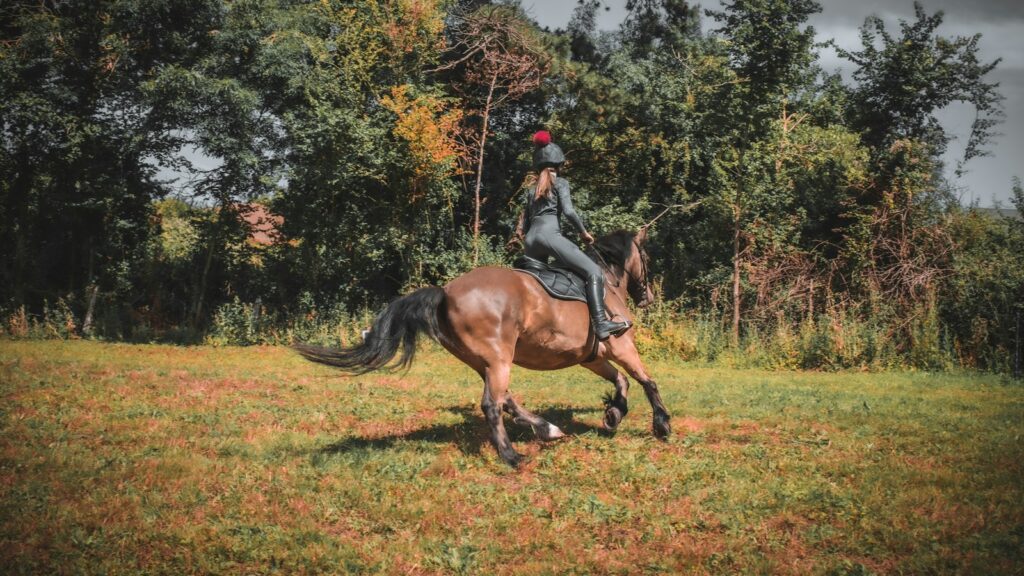
Experienced riders can often detect the subtle cues that precede full-blown resistance. A horse that’s about to refuse might stiffen its body, raise its head, pin its ears back, or swish its tail vigorously. You might feel increased tension through your reins or sense a change in rhythm or cadence in their movement. Some horses may slow down significantly before a complete stop or refusal, while others might speed up in an attempt to evade the requested action. Grinding teeth, snorting, or blowing forcefully can also indicate mounting resistance. Being attuned to these early warning signs gives riders the opportunity to address issues before they escalate into complete non-compliance.
Rule Out Physical Discomfort First
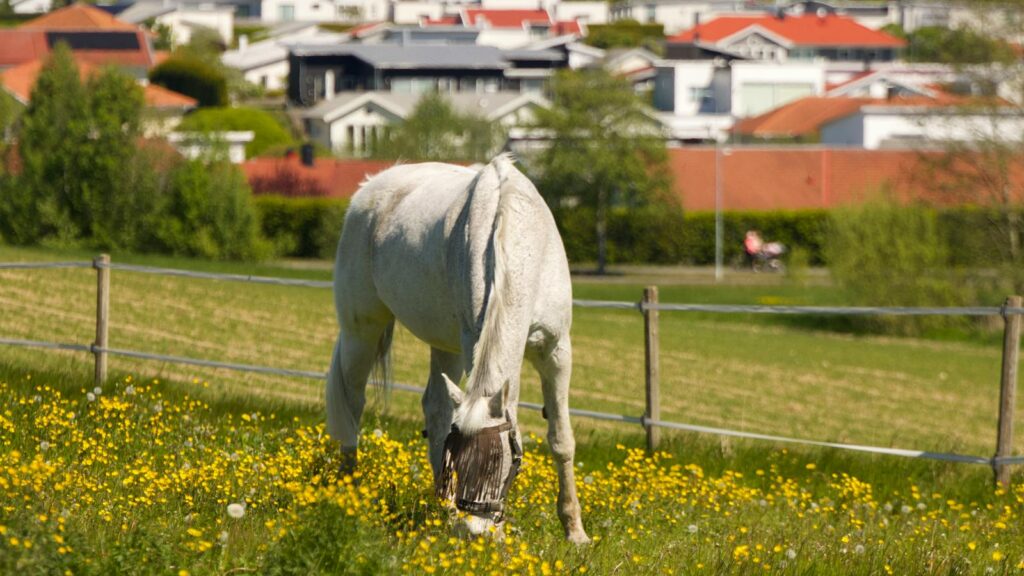
When faced with an uncooperative horse, your first consideration should always be whether the animal is experiencing physical pain or discomfort. Have your veterinarian perform a thorough examination to check for lameness, back pain, or other medical issues that might be causing the resistance. Similarly, consult with a professional saddle fitter to ensure your tack fits properly and isn’t pinching or causing pressure points. Dental problems can cause significant discomfort when a bit is in the horse’s mouth, so regular dental check-ups are essential for riding horses. Remember that horses cannot verbally communicate pain, so their behavior is often their only way of telling you something is wrong.
Addressing Fear-Based Refusals

Fear is a powerful motivator for horses, and many refusals stem from genuine anxiety about what’s being asked. When dealing with a fearful horse, patience and gradual desensitization are far more effective than force or punishment. Begin by identifying exactly what triggers the fear—whether it’s crossing water, approaching certain objects, or entering specific spaces. Once identified, introduce the horse to the fearful stimulus from a distance where they remain calm, then gradually decrease that distance over multiple sessions. Pairing the fearful stimulus with positive experiences, such as treats or praise, can help create new, positive associations. Remember that rushing this process often backfires, creating deeper fear and more determined resistance.
Techniques for Handling Balking and Freezing
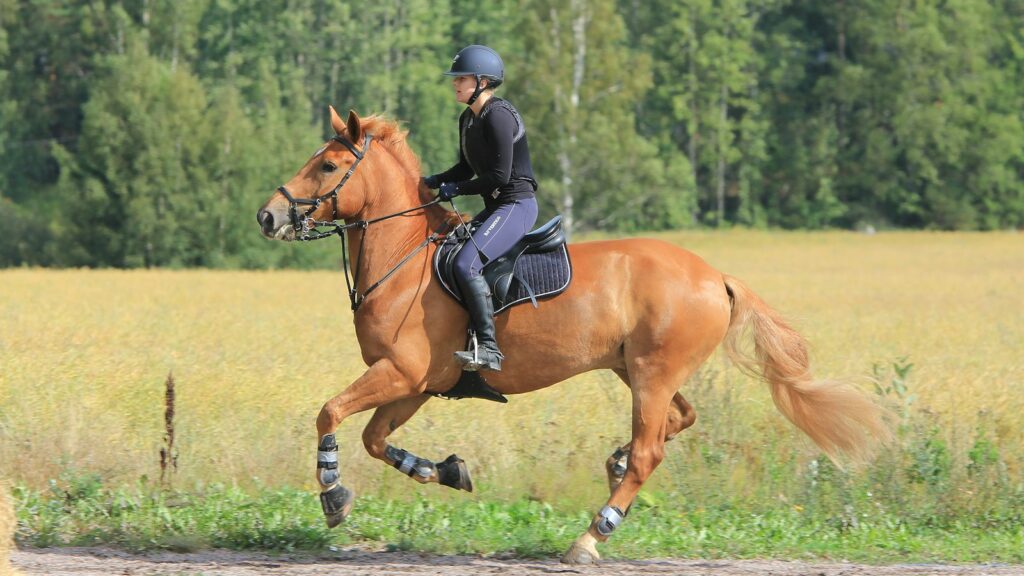
One common form of equine non-compliance is balking—when a horse plants its feet and refuses to move forward. When this happens, avoid the instinctive urge to pull harder on the reins or apply stronger leg pressure, as this often reinforces the resistance. Instead, try asking for a different movement altogether, such as a step sideways or a small turn, to “unfreeze” the horse’s feet and mind. Another effective approach is to maintain consistent, rhythmic leg pressure rather than increasing intensity, which allows the horse time to process the request without feeling threatened. For some horses, having a companion lead the way past the balking point can provide the confidence needed to proceed.
Dealing with Refusals in Jumping and Competition
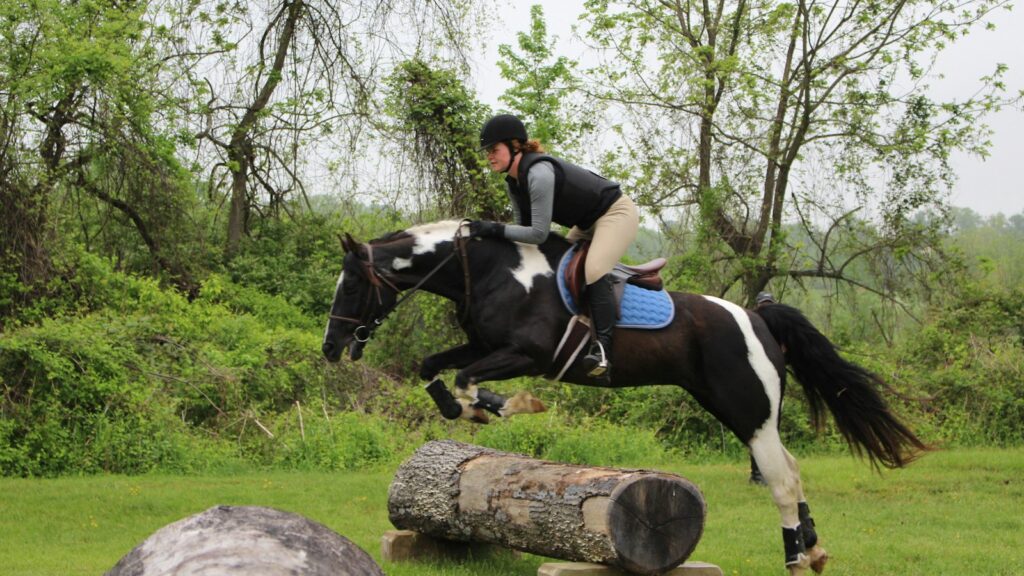
Jump refusals can be particularly frustrating and potentially dangerous for riders. When a horse refuses a jump, it’s important to analyze whether the issue stems from confidence, understanding, physical capability, or rider error. Approach the problem methodically by returning to smaller jumps where the horse feels confident, and gradually rebuild. Pay attention to your own position and signals—many refusals result from riders inadvertently giving mixed messages by leaning forward too soon or clutching with their legs. Video analysis can be invaluable for identifying subtle rider errors that contribute to refusals. In competition settings, having a well-established warm-up routine can help prepare your horse mentally and physically for the challenges ahead.
The Role of Groundwork in Rebuilding Cooperation

Sometimes the best way to address persistent cooperation issues is to temporarily return to groundwork. Working with your horse from the ground removes the complications of weight-bearing and rider balance, allowing you to focus purely on communication and response to cues. Lunging, long-lining, and liberty work can all help reinforce the horse’s understanding of basic commands while strengthening your relationship. Groundwork also provides an opportunity to observe your horse’s movement and reactions without the distraction of riding. Many trainers find that problems that seemed insurmountable under saddle become much simpler to address through systematic groundwork exercises that rebuild trust and clear communication.
When Resistance Becomes Dangerous Behavior

Occasionally, a horse’s refusal to cooperate can escalate to potentially dangerous behaviors such as rearing, bucking, or bolting. These severe reactions require immediate professional intervention to ensure safety for both horse and handler. A qualified trainer can assess whether these behaviors stem from pain, fear, or learned responses, and develop a specific plan to address them. In such cases, it’s crucial to be honest about your own skill level and experience—working with a dangerous horse beyond your capabilities puts both you and the animal at risk. Some horses may require a temporary return to basics with a professional trainer before the owner resumes handling them.
The Importance of Consistent Cues and Expectations
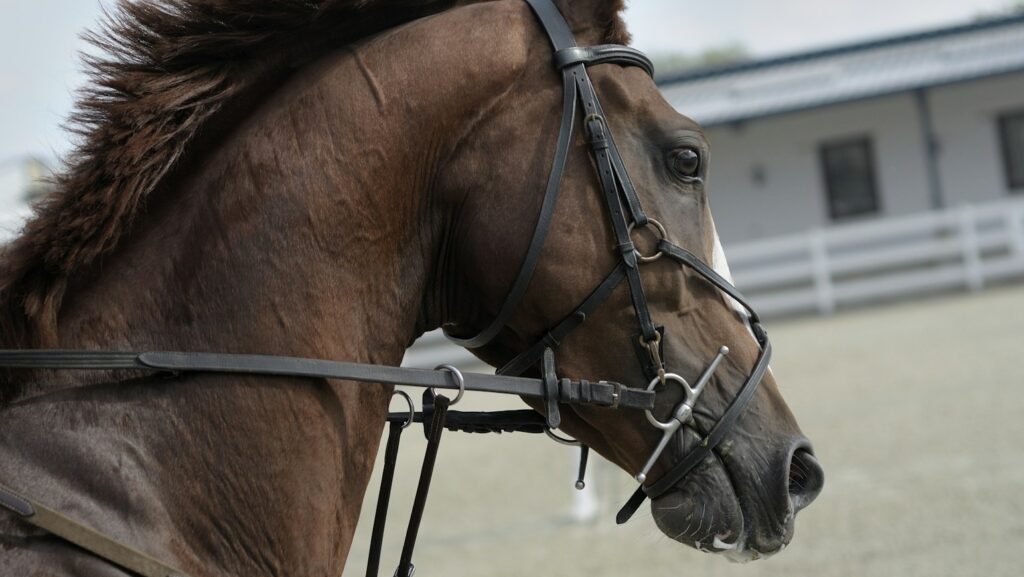
Inconsistency is a major contributor to equine non-compliance. Horses thrive on clear, consistent communication and quickly become confused when cues or expectations vary. Ensure that you’re asking for behaviors the same way each time, using consistent pressure, release timing, and voice commands. If multiple people handle the horse, try to standardize the cues and expectations across all handlers. Keep training sessions structured with clear beginning and end points, rather than randomly asking for compliance throughout the day. Horses develop confidence when they can predict what will be asked of them and understand exactly how to respond correctly.
Using Positive Reinforcement to Rebuild Cooperation
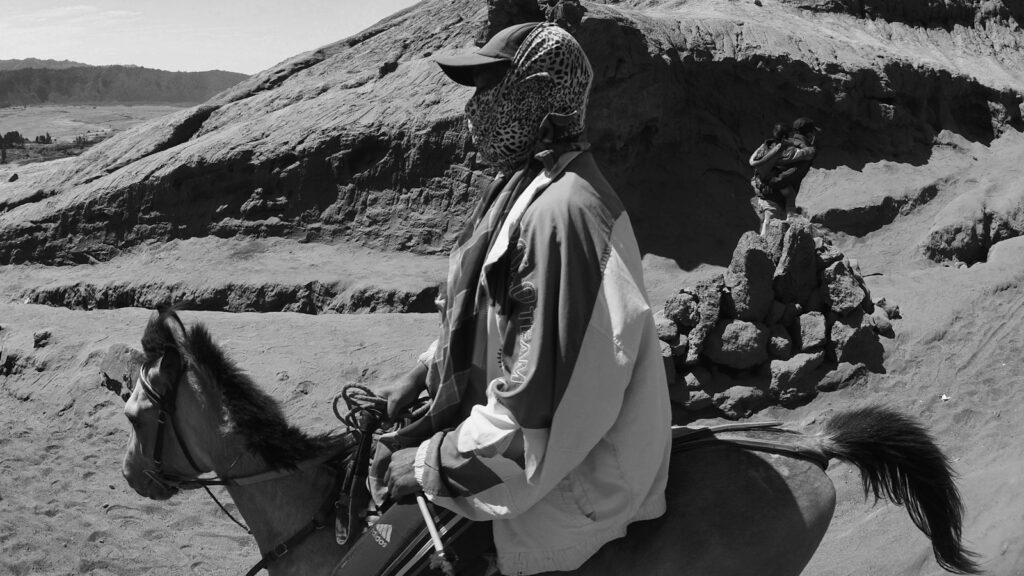
While traditional horsemanship often relies heavily on pressure and release (negative reinforcement), incorporating positive reinforcement can be particularly effective for overcoming resistance issues. Clicker training, target training, and strategic use of food rewards can help create positive associations with previously problematic requests. The timing of rewards is crucial—the horse must understand exactly which behavior earned the reward. Begin by rewarding small steps in the right direction rather than expecting perfect performance immediately. Many horses respond enthusiastically to this approach, showing increased willingness to try new or challenging tasks when they understand that cooperation leads to pleasant outcomes.
When to Consider Professional Intervention
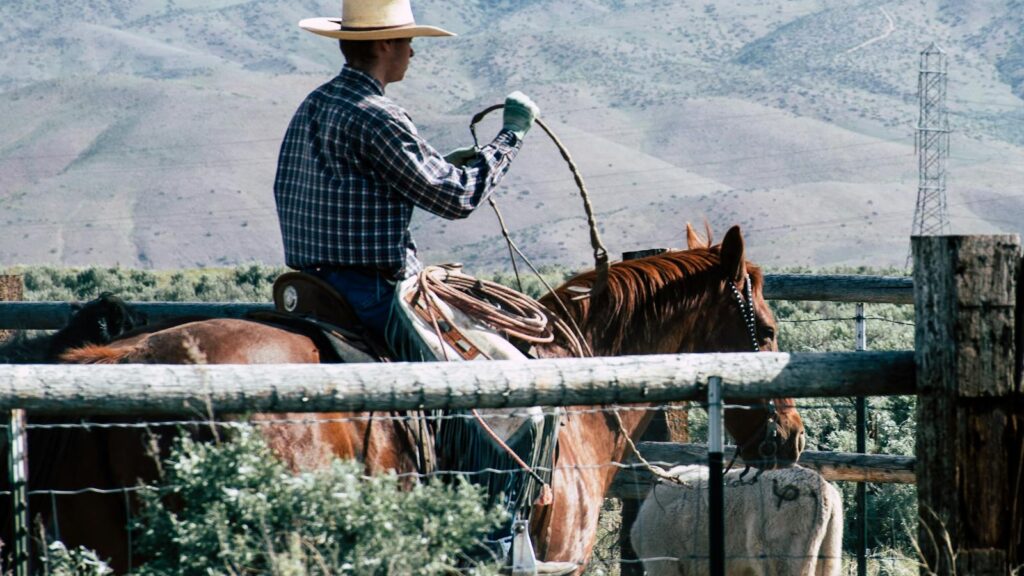
Despite your best efforts, some cooperation issues may require professional expertise to resolve. Signs that it’s time to seek help include: persistent refusals despite ruling out physical causes, escalating dangerous behaviors, regression in previously mastered skills, or a pattern of resistance that you’ve been unable to improve over several weeks. When choosing a professional, look for someone whose training philosophy aligns with your values and who emphasizes understanding the root causes of behavior rather than simply suppressing symptoms. A good trainer will involve you in the process, explaining their approach and teaching you the skills to maintain progress after formal training ends.
Preventing Future Cooperation Problems
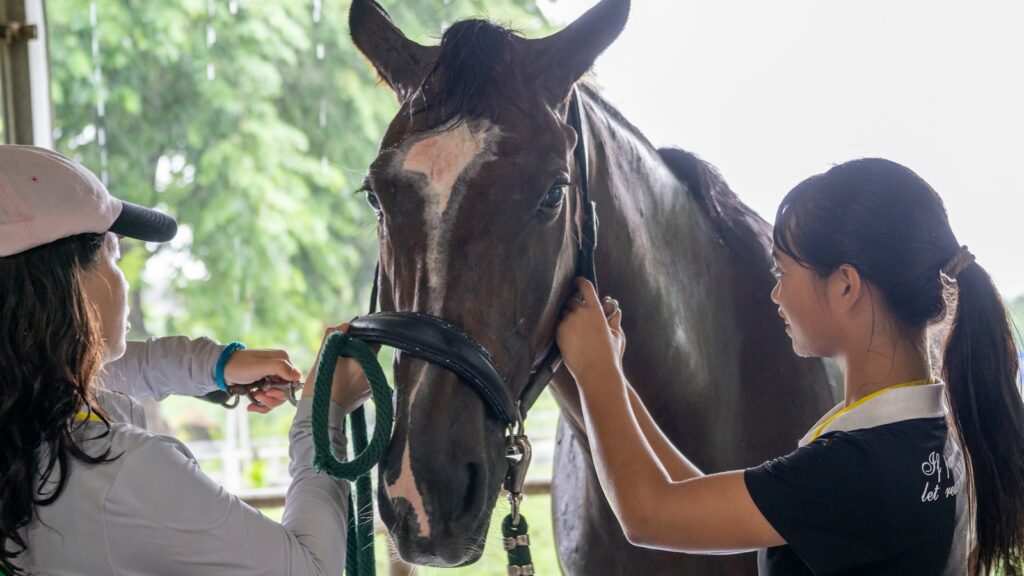
Once you’ve successfully addressed your horse’s resistance issues, implementing preventive strategies can help maintain harmonious cooperation. Regular veterinary check-ups, including dental care and saddle fit evaluations, prevent physical discomfort from developing. A consistent exercise program keeps your horse mentally and physically fit, reducing the likelihood of resistance stemming from excess energy or boredom. Varying your routine while maintaining consistent expectations provides mental stimulation without creating confusion. Pay attention to your horse’s changing capabilities as they age or progress in training, adjusting your requests accordingly. Finally, maintain detailed records of any incidents of non-compliance to help identify patterns or triggers that might otherwise go unnoticed.
The Philosophical Aspect: Partnership vs. Dominance
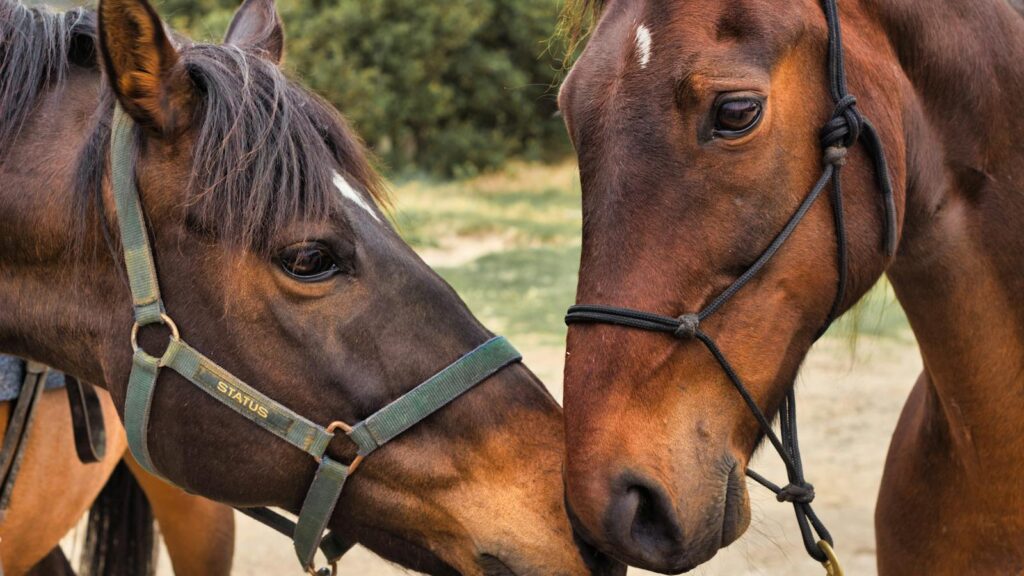
Ultimately, how we respond to an uncooperative horse reflects our broader philosophy about the human-equine relationship. Traditional approaches often frame resistance as a challenge to human dominance that must be overcome through assertion of authority. More contemporary perspectives view non-compliance as a breakdown in communication within a partnership of two different species. This philosophical distinction influences every aspect of how we address resistance—from the techniques we choose to our emotional responses during challenging moments. Riders who approach resistance as a communication problem to solve collaboratively often build stronger, more willing partnerships than those who view it as a battle of wills to be won. Consider which perspective aligns with your goals and values as an equestrian.
conclusion
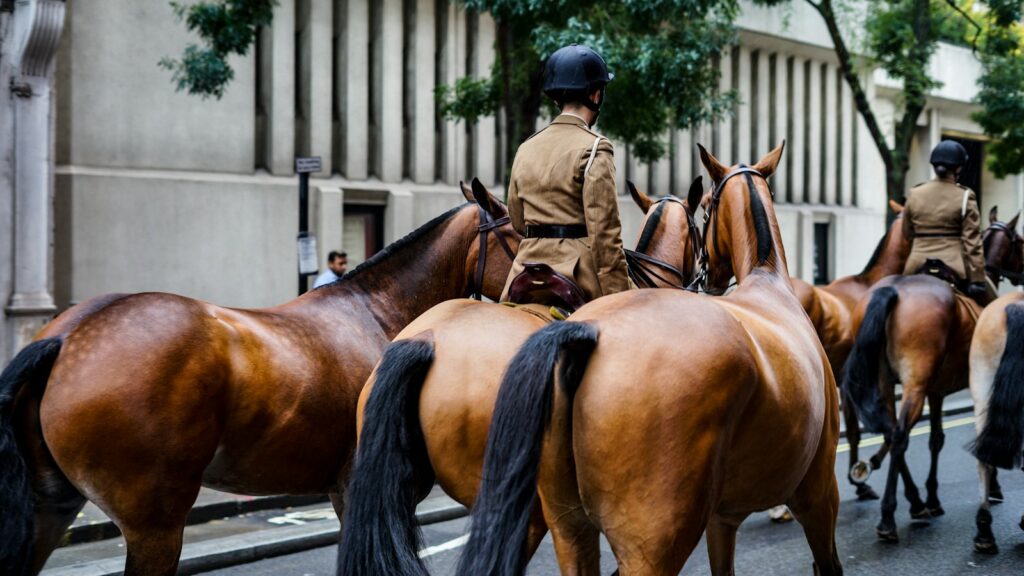
When your royal steed refuses to cooperate, it represents an opportunity to deepen your horsemanship skills and strengthen your partnership, rather than simply a frustrating obstacle. By methodically addressing potential physical issues, understanding equine psychology, and employing appropriate training techniques, most cooperation problems can be resolved successfully. Remember that horses are complex beings with their own perspectives and experiences, not machines programmed to obey without question. The journey through challenging behavior often leads to profound insights about communication, patience, and the unique nature of the bond between humans and horses. With the right approach, today’s resistant royal steed can become tomorrow’s willing partner.

